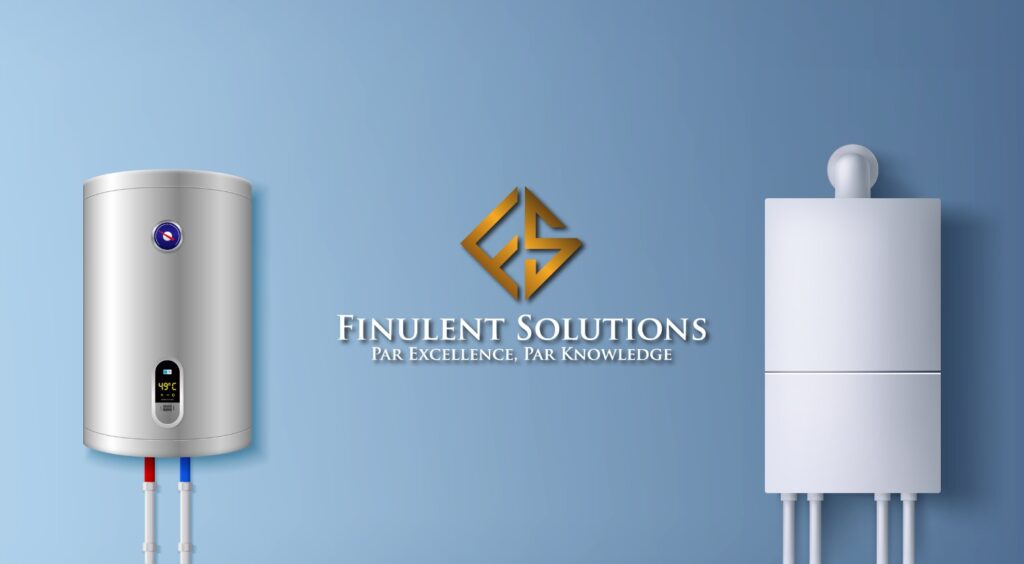Australia’s energy transition is in full swing, with a significant number of households adopting rooftop solar panels and an increase in the sales of medium-sized electric cars. However, amidst the push towards renewable energy-powered households, one important technology seems to have been overlooked—the electric water heater.
Approximately half of the households in Australia utilize electric water heaters, while the remaining households depend on gas-based alternatives. So, what makes electric water heaters so remarkable?
Electric water heaters provide an inexpensive means of storing a substantial amount of energy in the form of hot water. For instance, a 300-liter tank has the capacity to store a similar amount of energy as a second-generation Tesla Powerwall, but at a significantly reduced cost.
According to research conducted at the University of Technology Sydney (UTS) Institute for Sustainable Futures, Australians could potentially utilize household electric water heaters to store energy equivalent to over two million home batteries of that nature. This could lead to annual savings of more than AUD 6 billion on energy bills while bringing us closer to achieving net-zero carbon emissions.
The research report, funded by the Australian Renewable Energy Agency (ARENA) and published in June 2023 today, recommends the urgent implementation of policies to swiftly replace gas water heaters with “smart” electric water heaters, in order to halve emissions by 2030 and achieve net-zero emissions by 2050. Smart heaters have the capability to intelligently toggle their operation based on the fluctuations in electricity supply and demand throughout the grid.
By doing so, these heaters can utilize surplus “off-peak” renewable energy, particularly from solar sources, to address two significant challenges simultaneously. Firstly, they play a crucial role in reducing and potentially eradicating greenhouse gas emissions. Secondly, they contribute to grid stability by providing flexible demand that helps balance the intermittent supply from renewable sources.
Reducing Emissions
When it comes to cutting emissions, there are three primary types of electric water heaters. The conventional “resistance” heater directly heats water using electricity. Solar water heaters utilize sunlight and electricity, although their popularity has reduced with the emergence of newer “heat pump” units. The heat pump in the water heaters utilizes air as a heat source, extracting and transferring its energy to heat the water. Compared to resistance heaters, heat pumps consume three to four times less electricity.
In 2010, a resistant electric water heater emitted approximately four times the amount of greenhouse gas emissions compared to its gas counterpart. Heat pump emissions were also comparable to gas heaters. This discrepancy was primarily due to electric water heaters relying heavily on coal-generated electricity at the time.
However, as the electricity generation mix shifts towards renewables, this situation is changing significantly. According to Australia’s energy market operator, AEMO, in their “step-change scenario,”¹ which is the most likely outcome, gas water heaters will become the most greenhouse gas-intensive option for water heating by 2030.
By 2040, as the transition to a renewable electricity system reaches a significant milestone, emissions from resistance and heat pump water heaters will be notably lower compared to gas water heaters. Since water heaters typically last 15 years or more, the choices we make today regarding their installation will impact the stock of heaters in our homes for the next two decades. Therefore, prioritizing the replacement of gas heaters with electric alternatives should be a paramount focus in our energy transition efforts.
Enhanced Grid Stability
Apart from reducing emissions and energy bills, electric water heaters also contribute to grid stability. Solar and wind energy are currently the most cost-effective electricity generation technologies available. However, in order to ensure a stable electricity system, it is crucial to balance the variable supply from renewable sources with the corresponding demand. While batteries partially address this issue, they are still relatively expensive.
Electric water heaters provide a cost-effective solution for efficiently storing significant amounts of energy, thereby offering the essential demand flexibility required by the grid.
The research by The Economic Times revealed that a scenario emphasizing demand flexibility through smart electric water heaters, compared to the business-as-usual baseline, could provide an additional 30GWh of daily flexible demand capacity. This equates to an impressive scale, surpassing that of over 2 million home batteries, covering the expansive National Electricity Market that caters to eastern and southern regions of Australia.
Potential Future Trade-off
Looking back at the history of water heating, Australian electricity providers used to implement “off-peak hot water” systems from the 1950s onwards. These systems involved turning household water heaters off during the day and on at night to better align with demand and supply. In return, customers received significant discounts on electricity prices.
In recent years, there has been a shift away from off-peak electric hot water systems due to diminishing incentives and the increasing adoption of natural gas in many households. As we transition towards electrifying our hot water, the question arises: which technology should we embrace—resistance or heat pump? The answer lies in adopting both. Research shows that there is a trade-off between high-flexibility resistance water heaters and highly efficient, but lower-flexibility of heat pumps.
Heat pumps have lower operating costs and energy consumption. They are particularly suitable in areas with high electricity prices or limited power capacity. However, they come with higher upfront costs and may not be suitable for all homes, such as apartments lacking access to suitable outdoor spaces.
On the other hand, resistance electric heaters, by using more electricity, can take advantage of excess “off-peak” renewable energy, especially solar power. This offers a significant advantage as renewable sources, particularly solar, continue to power our grid.
To harness the benefits of electric water heaters, it is crucial to implement appropriate policies and market reforms. This will create a system that incentivizes customers with affordable off-peak electricity while enabling network operators to manage water heaters flexibly by switching them on and off as needed. Ultimately, these measures will benefit everyone involved.
¹Step-change scenario is a big change or movement.
Source: The Economic Times

